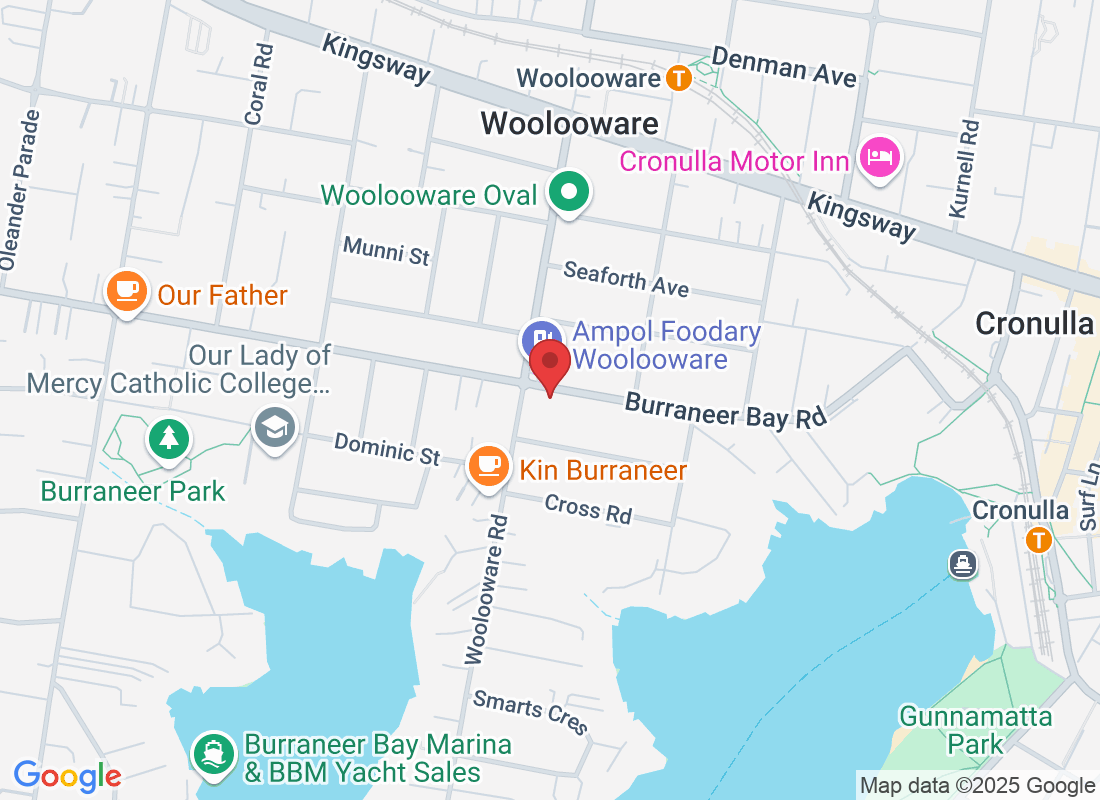
Post-Operative Recovery: Reclaiming Bladder Control After Prostatectomy
Recovering from prostate surgery can be challenging, with bladder control being one of the most common concerns. Regaining control over bladder function is crucial for regaining confidence and returning to daily activities. In this post, we explore effective strategies for post-operative recovery, focusing on pelvic floor rehabilitation and practical tips to reclaim bladder control.
The Importance of Early Rehabilitation
After prostatectomy, the pelvic floor muscles may become weakened, leading to incontinence and discomfort. Early intervention through targeted exercises can make a significant difference in your recovery. Starting a rehabilitation programme soon after surgery helps train your pelvic floor muscles to function correctly, promoting better bladder control.
Key Strategies for Reclaiming Bladder Control
Pelvic Floor Exercises (Kegels):
Begin with gentle pelvic floor contractions. Aim for 10-second holds followed by a 10-second rest, gradually increasing the duration as your strength improves. Consistency is vital – regular practice can help rebuild muscle tone and improve bladder control over time.Bladder Training:
Alongside pelvic floor exercises, bladder training can be an effective tool. This involves setting a schedule for voiding and gradually increasing the interval between bathroom visits. Over time, your bladder learns to hold urine for longer periods, reducing the frequency of leaks.Posture and Core Strengthening:
A strong core supports the pelvic floor. Incorporate exercises such as planks, bridges, and gentle stretching into your routine. Good posture and core strength contribute to overall pelvic stability and aid in recovery.Guided Physiotherapy Sessions:
Working with a physiotherapist can ensure that you are performing exercises correctly. Guided sessions provide the opportunity to refine your technique, use advanced tools like real-time ultrasound for feedback, and adjust your programme based on your progress.
The Role of Technology in Recovery
Modern physiotherapy now offers innovative solutions such as real-time ultrasound imaging. This technology allows you to see your pelvic floor muscles working in real time, ensuring that you’re engaging the right muscles. Immediate feedback makes it easier to correct your technique and maximise the effectiveness of your exercises.
Staying Patient and Positive
Post-operative recovery is a gradual process, and results may take time. It’s important to remain patient and celebrate small victories along the way. Each day, as you rebuild strength and control, you’re one step closer to reclaiming your quality of life. Remember, recovery is not just about physical improvement—it also boosts your confidence and mental well-being.
At Southside Physiotherapy, our team is dedicated to guiding you through every stage of your recovery journey. We’re here to provide tailored advice and support, helping you overcome challenges and reach your rehabilitation goals.



